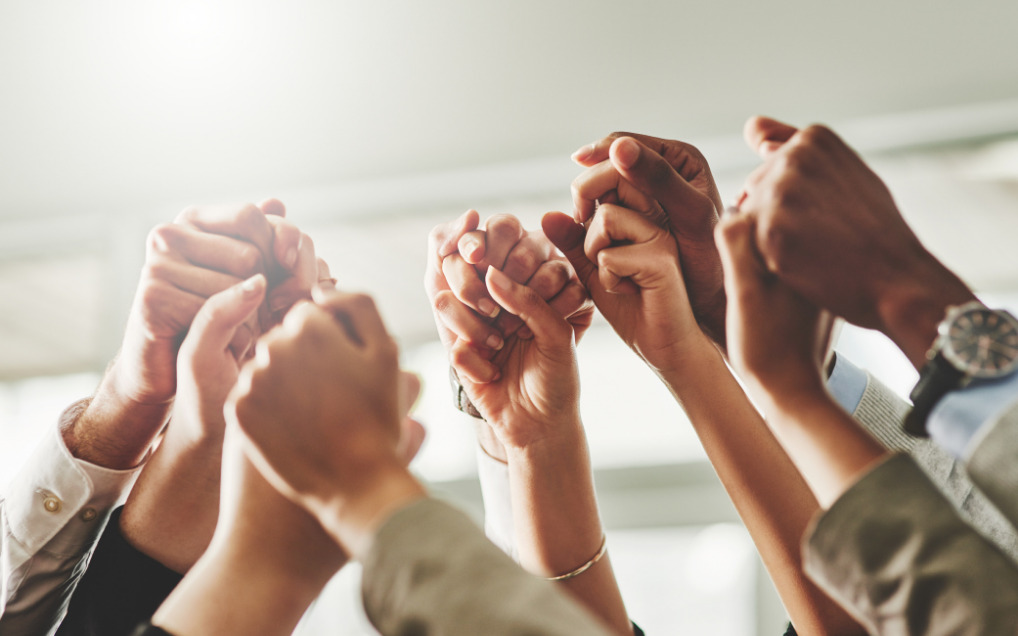Everybody has a role to play when it comes to building community’s resilience.
While governments, emergency services and health workers are generally responsible for first response and short-term preparedness, non-government organisations, the community sector, business owners and individual citizens all have a crucial role to play in helping communities to cope with, and recover from, a disaster. Resilience is a shared responsibility.
For example in Upper Lachlan’s Flood Warning System, different organisations and people have different responsibilities:
- Bureau of Meteorology: issues severe weather warning and monitors conditions;
- State Emergency Service: undertakes preparation and response actions and initiates evacuation when flooding becomes severe;
- Community Action Teams: Assist SES in the operational process to increase the effectiveness of the NSW SES, increase the preparedness of the community and encourage ownership of the flood warning system; and
- Community member: understand your flooding risk, be prepared, know what actions to take to be safe and assist your community through NSW SES.
As a local business owner it may not be clear to you what your responsibility is, so here are some suggestions on how to build combined community resilience before, during and after disasters.
1. Connect with people
Connected communities are more resilient and have a higher capacity to withstand and recover from major emergency events.
Build social capital and enhance your bonding, bridging and linking ties by taking time to connect with people within your social groups, between social groups and with governmental bodies.
2. Share information and learnings
Share information, resources and advice within your networks so that you can all make better decisions in the future.
3. Share your local knowledge
As a business owner you are uniquely positioned to be able to understand and identify local needs.
Share information, connections and networks with decision makers so that your community is empowered to develop local solutions and initiatives that prioritise what’s most needed for the community, right now.
4. Work through likely scenarios
Running scenario training and testing emergency plans helps to manage underlying stresses. Do this work within your business, so that you are able to continue to operate and serve your community if something goes wrong.
Also conduct this stress-testing for any plans that deal with scenarios that will have a broader impact on the community, such as a bushfire or flood. Community awareness and preparedness will minimise the impact of an emergency on your business and the community.
5. Work together to develop local solutions
Ask your community what their perceived risks are and what they want in terms of services, products and events. Get their input and then help to develop community actions based on their feedback.


Recent Comments